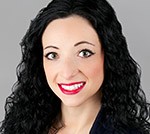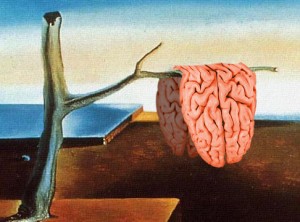The use of neuroscience in the courtroom has a long and controversial history (Baskin, Edersheim, & Price, 2007). Some observers will recall introduction of computerized tomography (CT) scans to support a diagnosis of Schizophrenia at the John Hinckley Jr. trial for his attempted assassination of President Reagan (United States v. Hinckley, 1982). In subsequent years, much has changed in neuroscience and the law. Recent advances in technology and methods for collecting and analyzing imaging data, coupled with decreasing costs and greater availability of training, has resulted in an explosion of neuroscientific research (Rosen & Savoy, 2012). The ability to track fluctuating brain activity (i.e., functional data), as opposed to examining structural or anatomical images, has allowed for research in a wide-array of applied fields.

It is not surprising that techniques that could presumably measure thought patterns, identify lying, detect psychopathology, and assess for violence and impulsivity, incite interest in the legal community (Jones, Wagner, Faigman, & Raichle, 2013). The MacArthur Foundation Research Network on Law and Neuroscience has tracked peer-reviewed publications in the field of neurolaw (application of neurosciences to legal questions). Between 2003 and 2013, the total number of articles skyrocketed from less than 100 to more than 1,100 (Jones et al., 2013). A debate has ensued about the appropriate use of neuroscience research in the courtroom. Many researchers urge strong caution in applying this nascent field to complicated psycho-legal questions (Appelbaum, 2009; Rushing & Langleben, 2011). Continue reading »







